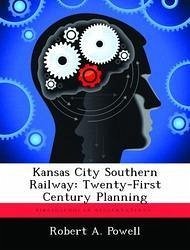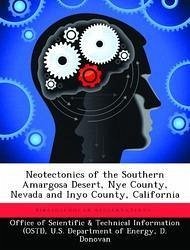Nicht lieferbar

Study of Congestion in the Kansas City Southern Railway System
Versandkostenfrei!
Nicht lieferbar
This study investigates the contributing factors of rail congestion at Kansas City Southern Railway's (KCSR) switching yard - Knoche Yard - located in Kansas City, Missouri. This thesis asserts that lack of locomotives, known as power, is the most significant contributor of congestion in the Knoche Yard. An overview of the macroscopic causes of rail congestion and its effects on railroads and the national economy is provided to demonstrate the significance of this study. Additionally, Union-Pacific Railroad's chronic congestion problems associated with their 1997 merger with Southern-Pacific R...
This study investigates the contributing factors of rail congestion at Kansas City Southern Railway's (KCSR) switching yard - Knoche Yard - located in Kansas City, Missouri. This thesis asserts that lack of locomotives, known as power, is the most significant contributor of congestion in the Knoche Yard. An overview of the macroscopic causes of rail congestion and its effects on railroads and the national economy is provided to demonstrate the significance of this study. Additionally, Union-Pacific Railroad's chronic congestion problems associated with their 1997 merger with Southern-Pacific Railroad is summarized. Two quantitative models are used to test power's relation to congestion. Friedman's Rank Test, a nonparametric statistical model, tests the significance of power against eight other factors in their relation to train delays. The second model tests the correlation between train time delays and number of "36-hour cars." This study concludes that lack of power is the most significant contributor of rail congestion in the Knoche Yard based on the results of the quantitative models. The results of the first model clearly show power to be the most significant contributor of train delays. The results of the second model show a correlation, albeit weak, between delayed trains and number of "36-hour cars." This work has been selected by scholars as being culturally important, and is part of the knowledge base of civilization as we know it. This work was reproduced from the original artifact, and remains as true to the original work as possible. Therefore, you will see the original copyright references, library stamps (as most of these works have been housed in our most important libraries around the world), and other notations in the work. This work is in the public domain in the United States of America, and possibly other nations. Within the United States, you may freely copy and distribute this work, as no entity (individual or corporate) has a copyright on the body of the work. As a reproduction of a historical artifact, this work may contain missing or blurred pages, poor pictures, errant marks, etc. Scholars believe, and we concur, that this work is important enough to be preserved, reproduced, and made generally available to the public. We appreciate your support of the preservation process, and thank you for being an important part of keeping this knowledge alive and relevant.









